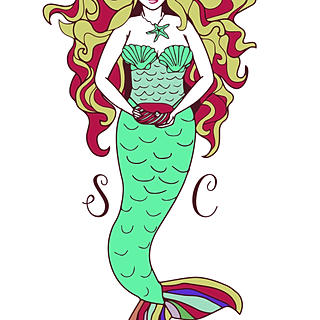Patent 101
- Bill Holmes
- Apr 15, 2018
- 2 min read
What is a patent? Or a trademark? Or a web domain?
Well, we knew what a web domain was, but we had no idea where to get one! Through some internet research, we determined that patents are used to protect things, trademarks are used to protect symbols and phrases and web domains are addresses on the internet. There are also copyrights that protect written products, and if I get this published I may learn about that too!
So how do you go about getting a patent? If you are in the Unites States, you file a request with the United States Patent and Trademark Office (USTPO). How do you do this? Well, at a high level you file specifications for your invention and explain how it is used. They make sure someone else hasn’t already invented it and then they issue you a patent that protects your invention for 20 years! Simple, right?
Nope.
But we should back up a few steps. Lisa and I didn’t know any of this, and we also weren’t aware of all the Internet Shepherds who were so willing to take our money to help us navigate the process. All we did was search the internet and find a company that would help make our dreams come true! They would fine a patent for us and market our invention to investors. Hopefully one of them would like what they saw and would enter into a contract to manufacture our product and send us royalty checks.
That is the dream!
We checked several companies and chose one with a good reputation. It cost us approximately $3000, however the payments were done in phases as you pay for each service as it performed. There is the possibility at each phase that the project doesn’t move forward.
Did I mention this entire process is relatively expensive?
I was impressed with the company. They immediately assigned us an account executive who explained the process, provided notional timelines and explained all the potential up charges. The first step was a search of the USPTO patent database to make sure someone else hadn’t already designed a similar product and applied for a patent. To do this, I provided them with some sketches of the original SeaClutch design. Lisa and I literally drew these by hand on a sheet of paper, took a picture of them and emailed it to the company who forwarded them to a Patent and Trademark attorney. We also had to fill out an online questionnaire that described exactly how the SeaClutch would be used used in a real word setting. With the information we provided, we worked with their design team as they developed a series of drawings that represented the mechanics of how the SeaClutch would work. After we were satisfied with the drawings, they company provided them along with the description of the product to the attorney to determine if our idea was original enough for a patent.
The process of researching the product took a couple of weeks, and while we waited to see if the SeaClutch was an original design I began to educate myself about the USPTO web site and internet domain registration.




Comments